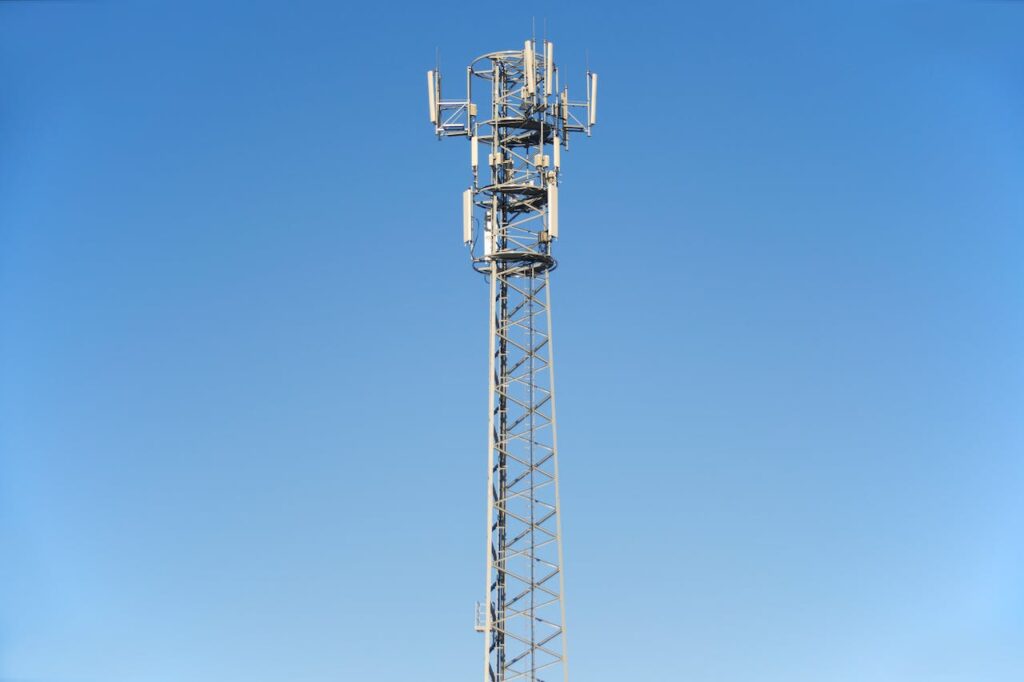For many RVers, having access to TV shows and movies is an essential part of the camping experience. And while cable and satellite TV are options, they can be expensive and inconvenient, especially if you’re only camping for a short period of time. That’s where antennas come in.
What is an RV antenna?
An RV antenna is a device that allows you to receive over-the-air (OTA) TV signals. These signals are free and broadcast from local TV stations. With an antenna, you can watch your favorite shows and movies without having to pay for cable or satellite TV.
Types of RV antennas
There are two main types of RV antennas:
Directional antennas: These antennas need to be pointed in the direction of the TV station that you want to receive. They typically have a longer range than omnidirectional antennas, but they can be more difficult to set up.
Omnidirectional antennas: These antennas can receive signals from any direction. They are easier to set up than directional antennas, but they typically have a shorter range.
Choosing the right RV antenna
There are a few factors to consider when choosing an antenna, including:
The size of your RV: If you have a large RV, you may need a more powerful antenna than if you have a small RV.
The type of terrain you will be camping in: If you will be camping in mountainous or wooded areas, you may need a more powerful antenna than if you will be camping in flat, open areas.
The distance you will be from TV stations: If you will be camping far from TV stations, you will need a more powerful antenna than if you will be camping close to TV stations.

How to install an RV antenna
Most antennas are easy to install. You will typically need to mount the antenna on the roof of your RV and then run a cable from the antenna to your TV.
Tips for getting the best reception
Here are a few tips for getting the best reception with your RV antenna:
Point your antenna in the direction of the TV station that you want to receive.
Make sure that your antenna is clear of any obstructions.
Use an amplifier to boost the signal.
Try different locations for your antenna.
Additional information
In addition to the information above, here are a few other things to keep in mind about RV antennas:
RV antennas are available in a variety of styles and price points.
It can be used to receive both digital and analog TV signals.
Some antennas are designed to be used with streaming devices.
It is a good idea to read the reviews of an antenna before you purchase it.
By following these tips, you can choose the right antenna for your needs and enjoy watching your favorite shows and movies on the road.
Here are some of the top-rated RV antennas on the market:
Winegard Sensar IV: This omnidirectional antenna is easy to install and has a long range.
KING Jack OA8500: This directional antenna is powerful and can receive signals from far away.
Winegard Air 360+: This omnidirectional antenna is amplified and can receive both digital and analog TV signals.
DISH Playmaker Portable Satellite Antenna: This portable antenna is a great option for RVers who want to watch satellite TV.
DISH Tailgater® Pro 2 Satellite Antenna: This portable antenna is a powerful option for RVers who want to watch satellite TV in high definition.
No matter what your budget or needs are, there is an antenna that is right for you. With a little research, you can find the perfect antenna to keep you entertained on your next RV adventure.
Conclusion
With the right RV antenna, you can enjoy free TV shows and movies on the road. There are a variety of Rantennas available on the market, so you can find one that fits your needs and budget. By following the tips in this blog post, you can get the best reception possible from your antenna.
FAQs
Q: What is the best RV antenna?
A: The best RV antenna for you will depend on your specific needs and budget. However, some of the top-rated antennas include the Winegard Sensar IV, the KING Jack OA8500, and the Winegard Air 360+.
Q: How do I install an RV antenna?
A: Most RV antennas are easy to install. You will typically need to mount the antenna on the roof of your RV and then run a cable from the antenna to your TV.
Q: What is the difference between a directional and an omnidirectional antenna?
A: A directional antenna needs to be pointed in the direction of the TV station that you want to receive. An omnidirectional antenna can receive signals from any direction.
Q: How far can an RV antenna receive signals?
A: The range of an RV antenna will vary depending on the type of antenna, the terrain, and the distance you are from TV stations. However, most antennas can receive signals from up to 50 miles away.
Q: Do I need an amplifier for my RV antenna?
A: An amplifier can boost the signal from your antenna, which can be helpful if you are camping in a weak signal area. However, amplifiers are not always necessary.
Q: Can I use an RV antenna to watch streaming services?
A: Some RV antennas are designed to be used with streaming devices. However, not all antennas are compatible with streaming.
Q: Where can I buy an RV antenna?
A: RV antennas can be purchased online or from RV dealerships.
I hope this FAQs section has been helpful. If you have any other questions, please feel free to leave a comment below.
Description
This blog post is a comprehensive guide to RV antennas. It covers everything you need to know about antennas, from choosing the right antenna to installing it and getting the best reception.


